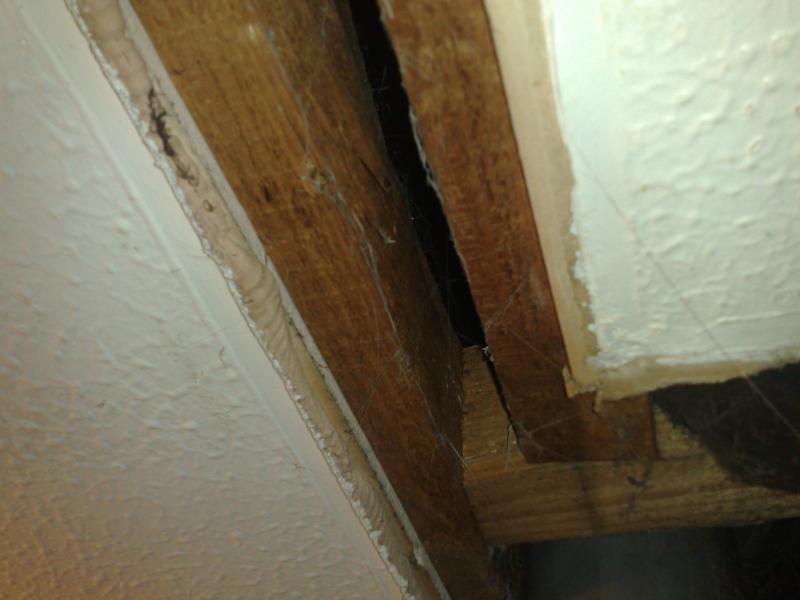I am in the process of overhauling my bathroom.
I originally had a separate bathroom and toilet but have removed the partition wall between them to make a large bathroom area.
The ceiling now has a long length of missing plasterboard where the stud wall was. The ceiling for the rest of the bathroom has a sort of stippled effect. (I will post a photo up later on when I get back home). It looks like some sort of loose plaster mix that has drips if that makes any sense.
My plan is to replace the two original light roses in the room with downlighters.
If I fill the gap with a length of suitably cut plasterboard should I then try and recreate this stippled effect? If so, how easy is it to do and how would I do it?
Or would the best option be to remove this layer somehow (steam it off?) and plaster the ceiling and paint over?
I appreciate that without seeing the ceiling it's probably harder to give out advice but I'd appreciate any suggestions until I can post up some pics tonight.
Thanks in advance,
Daz
I originally had a separate bathroom and toilet but have removed the partition wall between them to make a large bathroom area.
The ceiling now has a long length of missing plasterboard where the stud wall was. The ceiling for the rest of the bathroom has a sort of stippled effect. (I will post a photo up later on when I get back home). It looks like some sort of loose plaster mix that has drips if that makes any sense.
My plan is to replace the two original light roses in the room with downlighters.
If I fill the gap with a length of suitably cut plasterboard should I then try and recreate this stippled effect? If so, how easy is it to do and how would I do it?
Or would the best option be to remove this layer somehow (steam it off?) and plaster the ceiling and paint over?
I appreciate that without seeing the ceiling it's probably harder to give out advice but I'd appreciate any suggestions until I can post up some pics tonight.
Thanks in advance,
Daz



